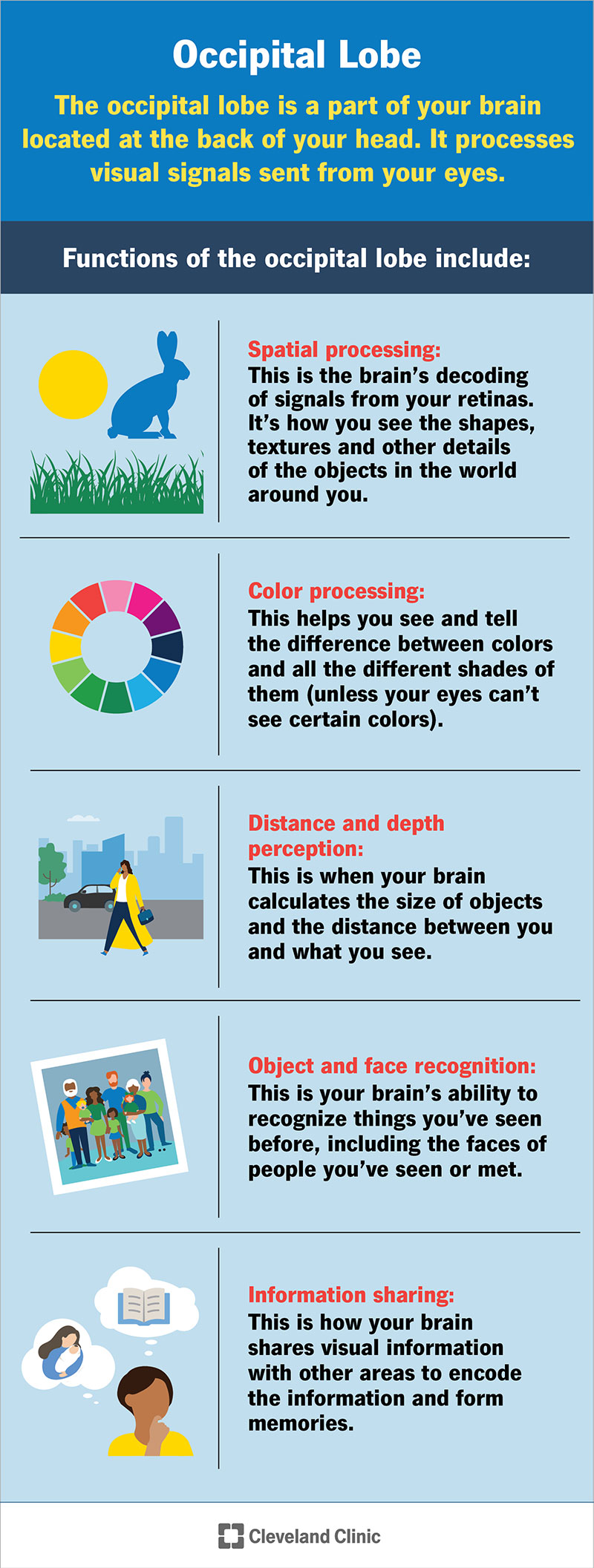Why the Brain Is Programmed to See Faces in Everyday Objects - Neuroscience News
$ 6.00 · 4.5 (542) · In stock

Face pareidolia, the phenomenon of seeing facelike structures in inanimate objects, is a perceptual phenomenon that occurs when sensory input is processed by visual mechanisms that have evolved to extract social content from human faces.
Neuroscience News provides research news for neuroscience, neurology, psychology, AI, brain science, mental health, robotics and cognitive sciences.
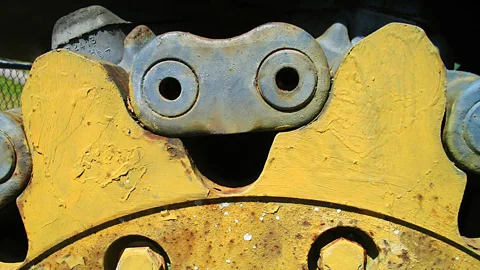
Neuroscience: why do we see faces in everyday objects?
Occipital Lobe: Function, Location & Conditions
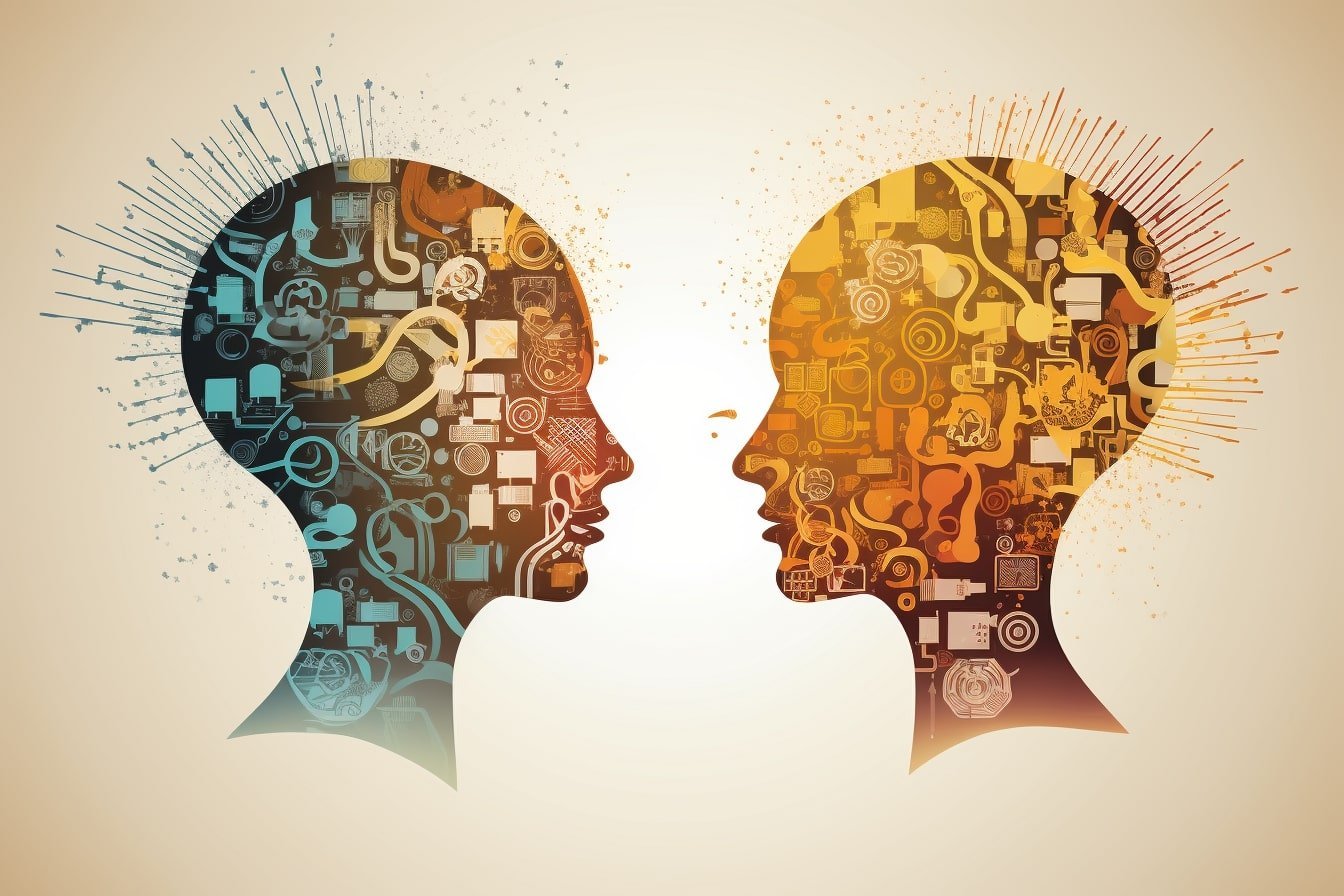
Bilingual Brain Boost: How Knowing Two Languages Enhances Memory and Prediction - Neuroscience News
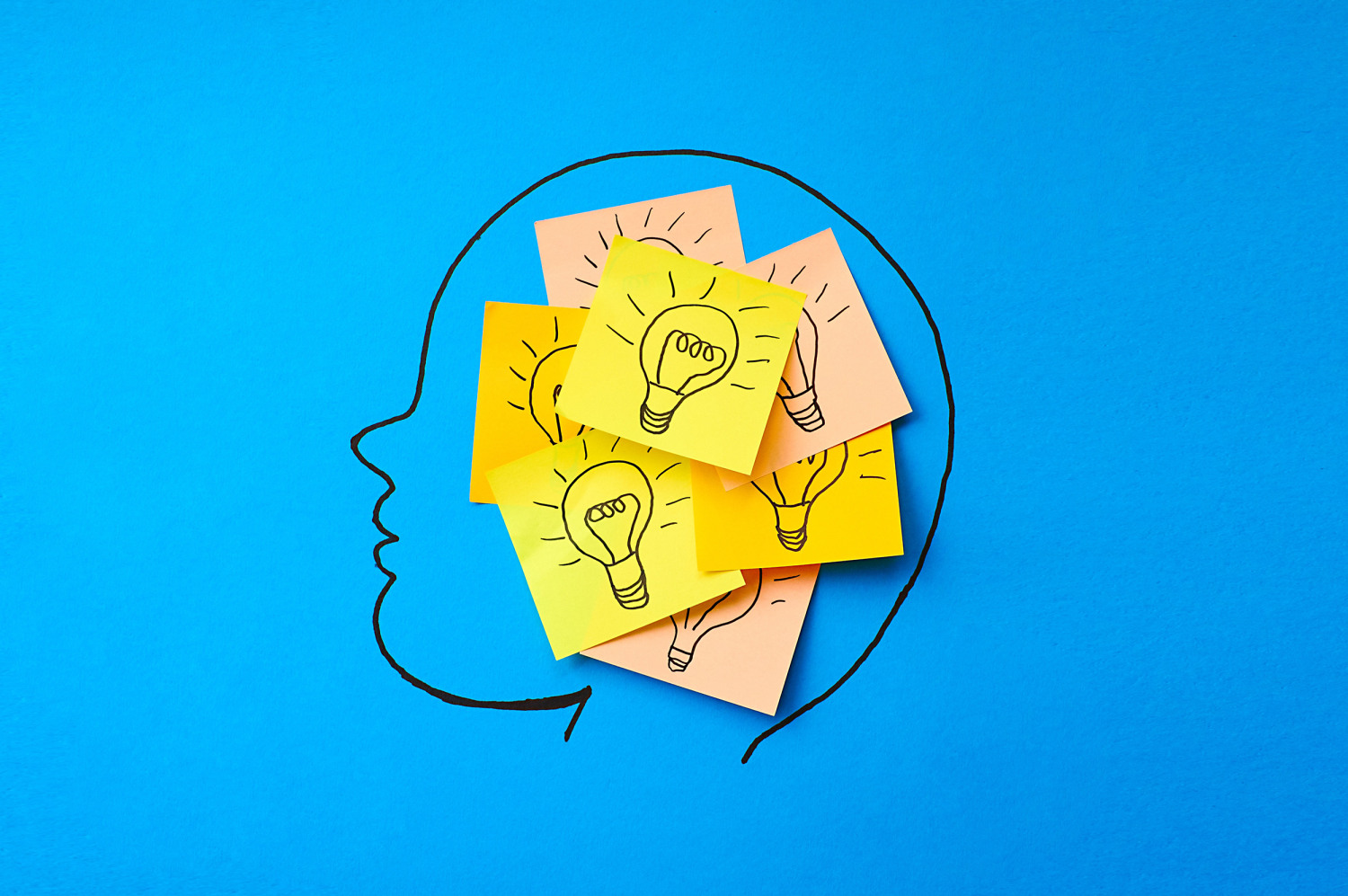
How to improve your memory, according to neuroscience

Why the brain is programmed to see faces in everyday objects
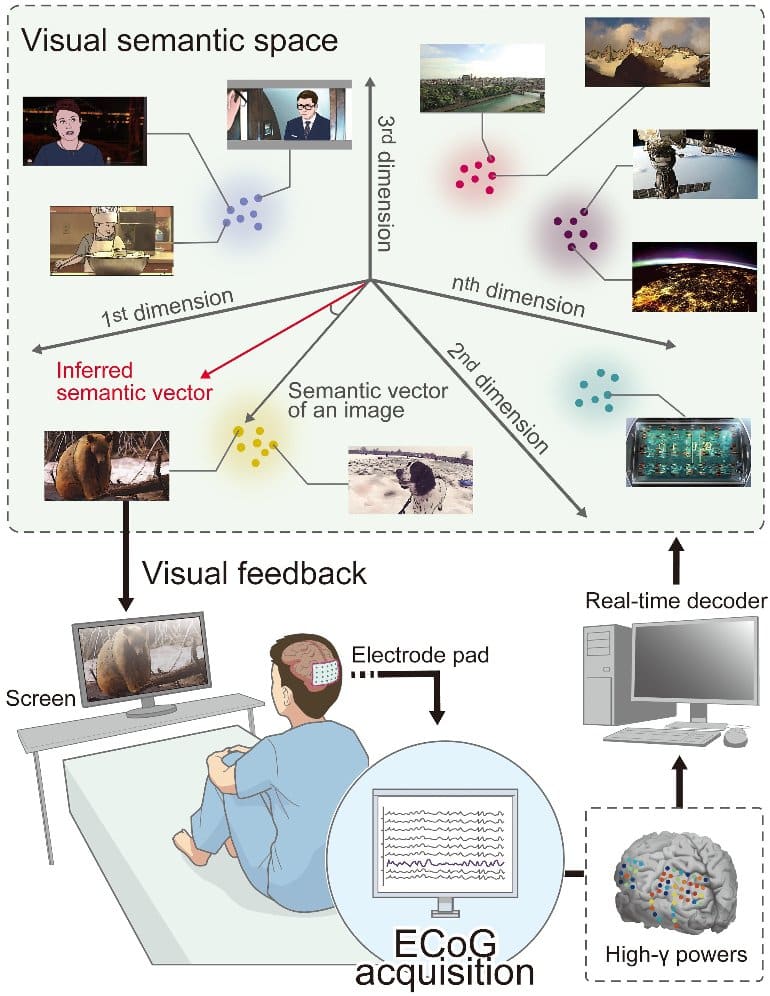
Scientists See What People Picture in Their Mind's Eye - Neuroscience News

Cicely Binford (@CicelyBinford) / X

Scientists reveal why our brains respond emotionally to faces we find in inanimate objects

Why the Brain Is Programmed to See Faces in Everyday Objects - Neuroscience News
Why do we see human faces in everyday objects? - The Jerusalem Post
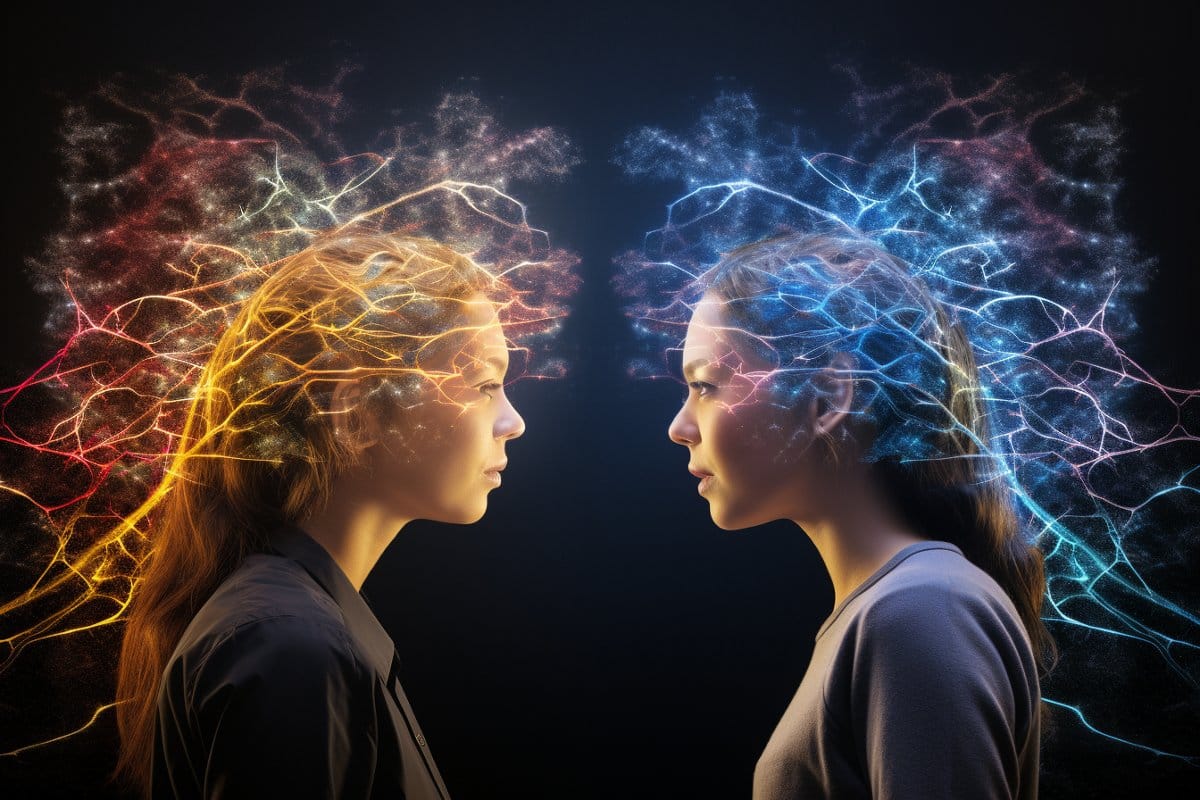
Zoom Conversations vs In-Person: Brain Activity Tells a Different Tale - Neuroscience News

A replay of life: What happens in our brain when we die?

The Brain That Changes Itself: Stories of Personal Triumph from the Frontiers of Brain Science: Doidge M.D., Norman: 0000143113100: : Books
